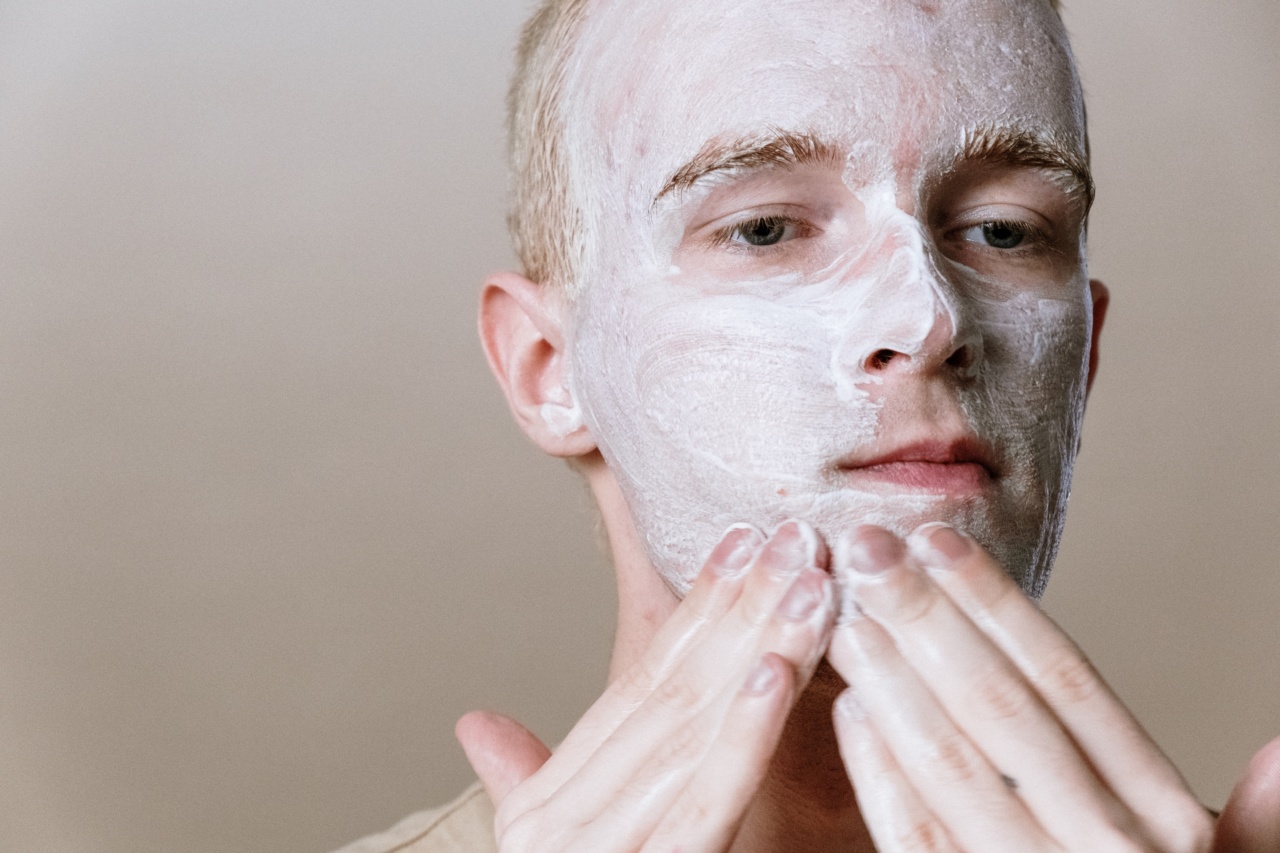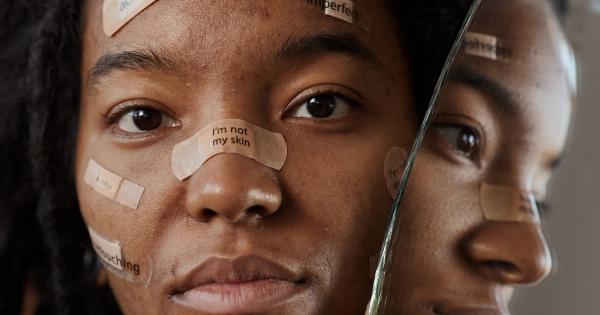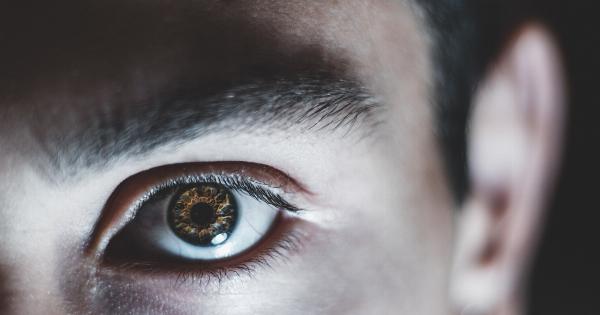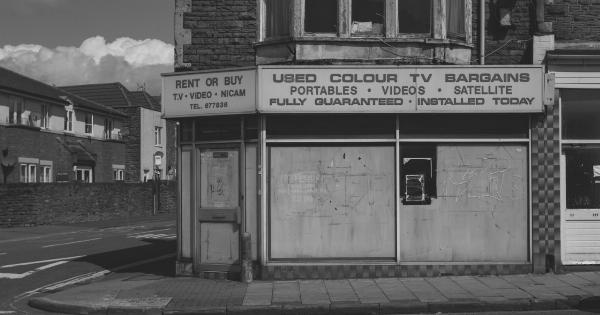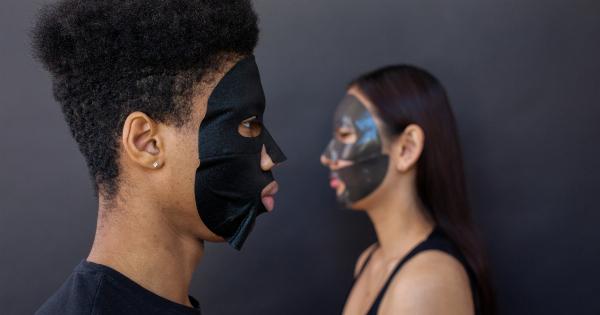Acne is one of the most common skin conditions that affect people of all ages. It is a chronic, inflammatory disease of the skin that causes pimples, blackheads, and whiteheads.
While this condition is not life-threatening, it can have a significant impact on a person’s self-esteem and mental health. Understanding the language of facial acne can help people treat their condition effectively and prevent long-term scarring. Here are some common types of facial acne and what they mean:.
Cystic Acne
Cystic acne is one of the most severe types of acne. It is characterized by large, deep, painful lumps or cysts that form beneath the skin’s surface.
This type of acne is caused by a combination of bacteria, oil, and dead skin cells that clog the pores. Cystic acne is often hereditary and can be triggered by hormonal changes, stress, and diet. It is important to treat cystic acne with prescription medication because it can lead to scarring if left untreated.
Pustules
Pustules are small, round lesions that are filled with pus. They are often red at the base and have a white or yellow center. Pustules can be caused by bacteria, oil, and dead skin cells that clog the pores.
They are a common type of acne and usually respond well to over-the-counter treatments. It is important not to squeeze or pick at pustules because this can lead to scarring and infection.
Papules
Papules are small, red, inflamed bumps that do not contain pus. They are caused by bacteria and dead skin cells that clog the pores. Papules can be painful and can lead to scarring if left untreated.
Over-the-counter treatments for papules often contain salicylic acid or benzoyl peroxide, which help to reduce inflammation and unclog pores.
Blackheads
Blackheads are small, dark bumps that form when the skin’s pores become clogged with oil and dead skin cells. They are often seen on the nose, forehead, and chin. Blackheads are not caused by dirt and can’t be scrubbed away.
Over-the-counter treatments that contain salicylic acid or benzoyl peroxide can help to unclog pores and prevent blackheads from forming.
Whiteheads
Whiteheads are small, flesh-colored bumps that are filled with pus. They are caused by the same factors that cause blackheads, but they are covered by a layer of skin.
Over-the-counter treatments that contain salicylic acid or benzoyl peroxide can help to remove the top layer of skin and unclog pores, which can prevent whiteheads from forming.
Nodules
Nodules are large, painful, solid lesions that are located deep within the skin. They are caused by a combination of bacteria, oil, and dead skin cells that clog the pores. Nodules are difficult to treat and often require prescription medication.
It is important not to pick or squeeze nodules because this can lead to scarring and infection.
Cysts
Cysts are large, painful, pus-filled lesions that are located deep within the skin. They are caused by a combination of bacteria, oil, and dead skin cells that clog the pores. Cysts can be hereditary and are often triggered by hormonal changes.
They require prescription medication to prevent scarring and infection.
Conclusion
Facial acne is a common skin condition that affects people of all ages. Understanding the language of facial acne can help people treat their condition effectively and prevent long-term scarring.
While over-the-counter treatments can be effective for mild to moderate acne, severe acne requires prescription medication. It is important not to pick or squeeze acne lesions because this can lead to scarring and infection.
